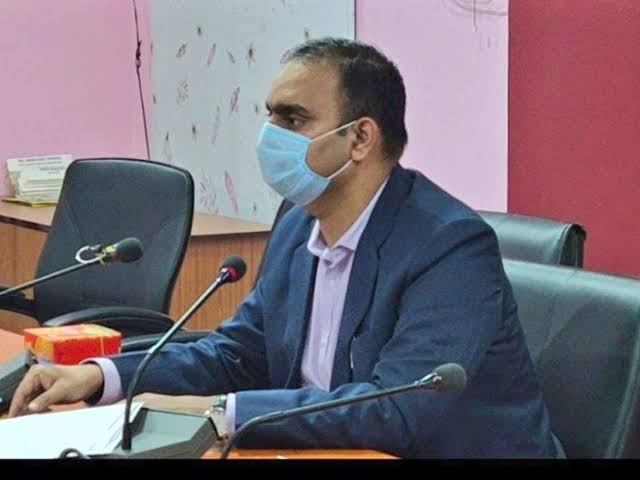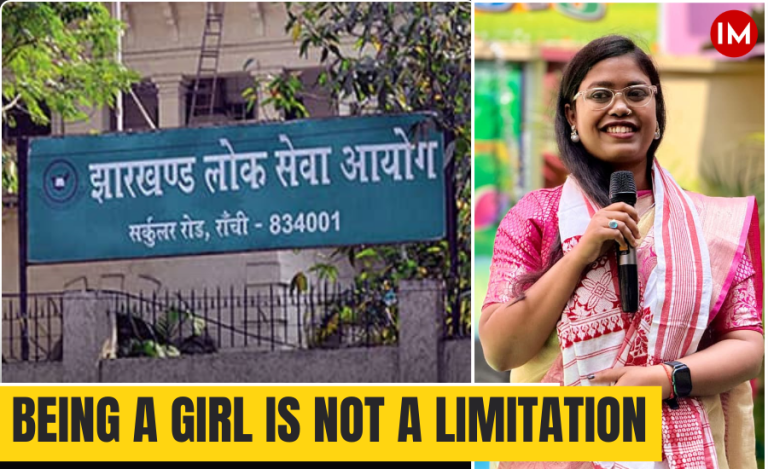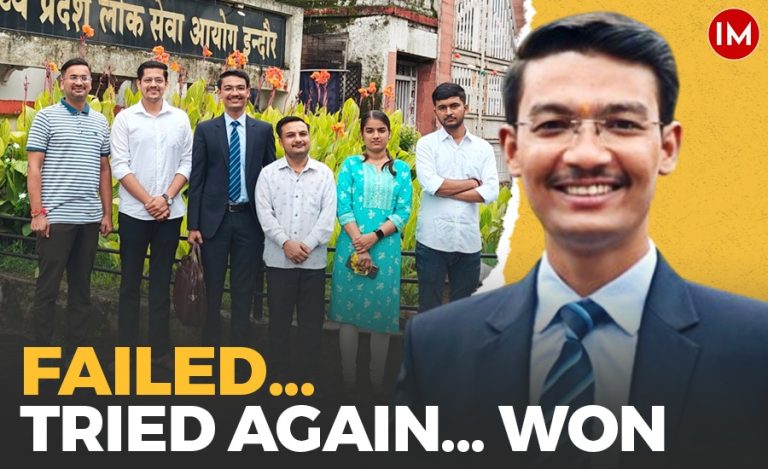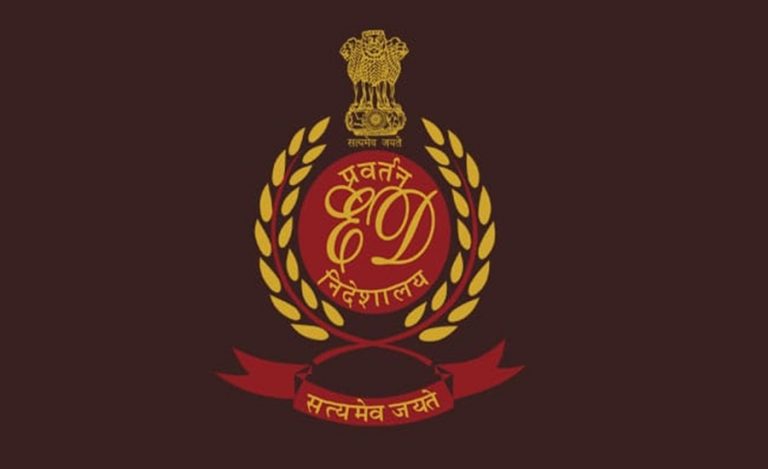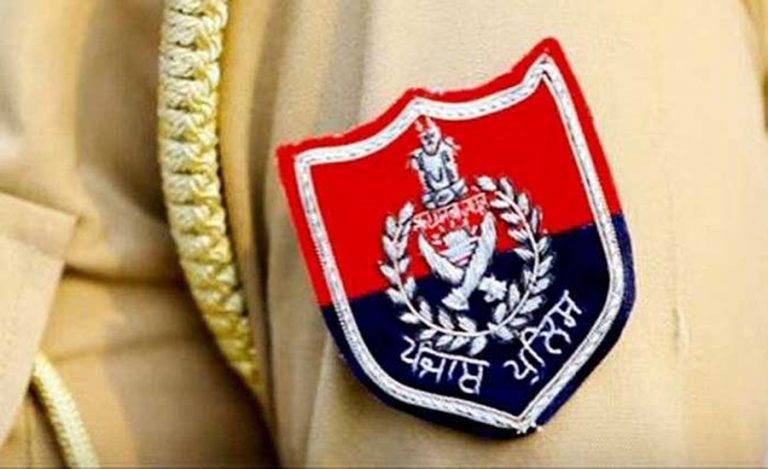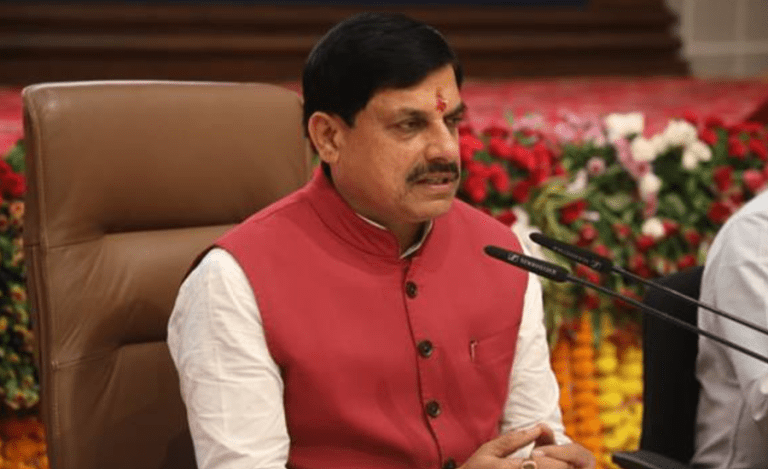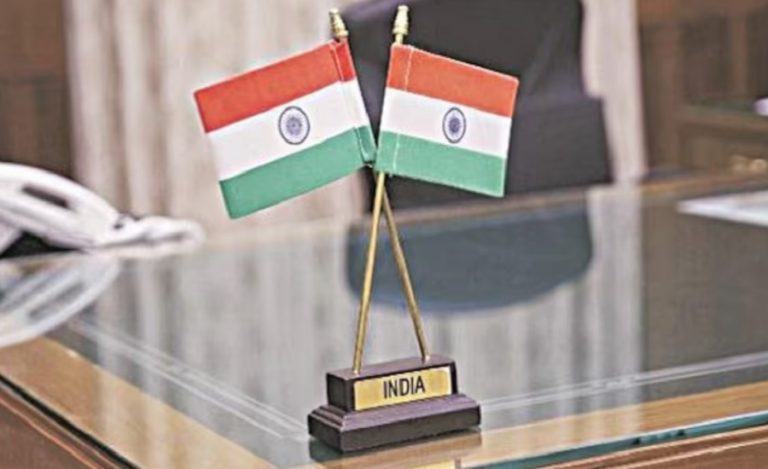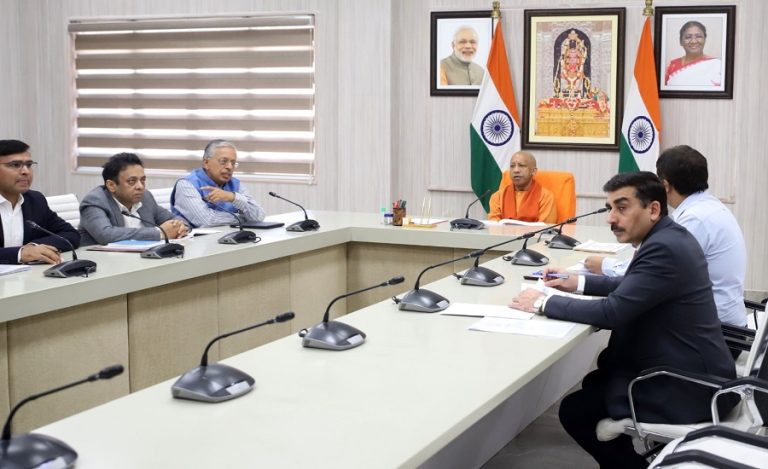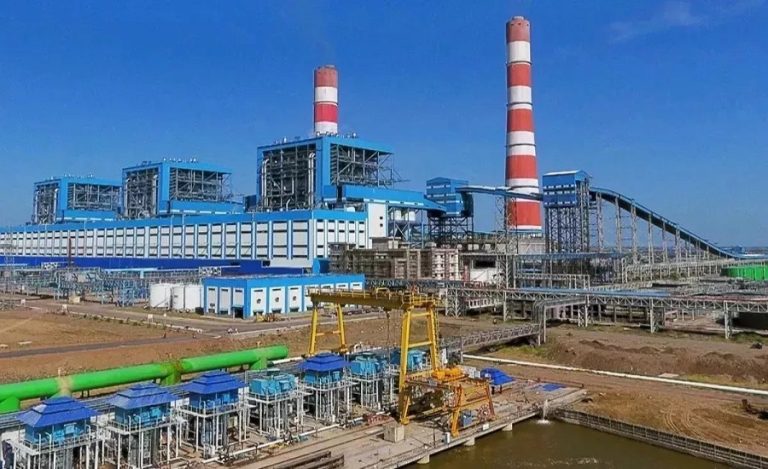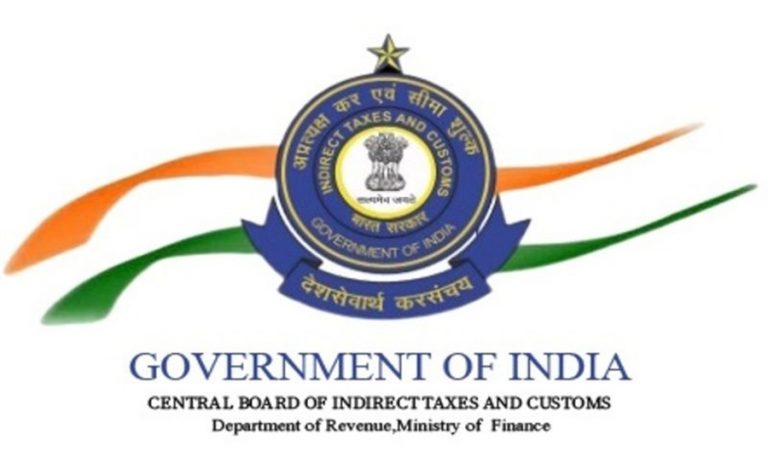Just few decades back, Bihar was considered one of the most backward states in the country. But things are changing now. This year, three districts of Bihar have been given top ranks in the Delta Ranking of Aspirational Districts by NITI Aayog. The list includes 115 districts, in which Khagaria district of Bihar has got the top rank.
This is the second time Khagaria emerged the topper. It got the top rank in 2019, also. The district earned this position for its achievements in various sectors like health, nutrition, skill development, education, agriculture, basic infrastructure development, etc.
The credit for this achievement goes to the district administration and the people of the district. In an exclusive interview to Indian Masterminds, the Collector of the district, Mr. Alok Ranjan Ghosh, talks about the challenges before them and how they tackled them to achieve this feat.
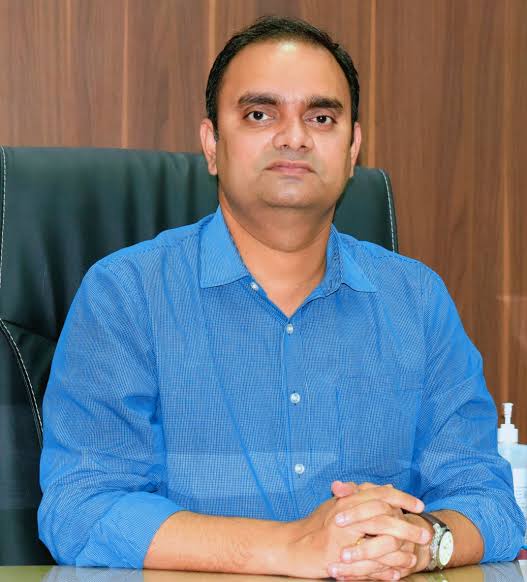
Khagaria has got the top rank for the second time. How does it feel?
It is definitely a pleasure to secure the overall top spot in Delta Ranking at the national level for the second time. The rankings are decided by NITI Ayog for the work done under the 5 indicators related to development among 115 aspirational districts. This, also, reminds us that good work gets acknowledged always.
On health and nutrition front, the performance of the district has been remarkable. Can you let us know some of the initiatives you took?
NITI Ayog indicators are quite well defined for nutrition and health. I believe a well thought out plan and targeted approach can work wonders. Our team realised that if ante natal check-up could be focused upon, then majority indicators would improve. Efforts were taken to ensure coordination between ICDS and the Health department. During the observation of Poshan Maah in Sep 2021, this was strengthened further. Timely data entry was done. Stakeholder participation was ensured.
The district had won 13 crores as the prize money in 2019. With the prize money won, we prepared detailed proposals, ANC setup at AWCs, ICU facility in DH, construction of special elevated HSCs designed for flood prone areas, modular OT, facility improvement of SNCU at DH being some of the key ones.
Khagaria has been marked on number 9 position in the ranking for education. What are your plans to be in top in this segment as well?
Education has been on our radar, but a lot needs to be done in order to improve the quality of learning and also retention in schools. Transition of students from primary to secondary to higher secondary needs to be worked upon. IT literacy-based projects focussed on girl students will be our focus in near future. We are also working on scaling up of the infrastructure in Kasturba Gandhi Balika Vidyalaya.
There is lot to learn from other aspirational districts, too. We are looking forward to replicating some good initiatives of other aspirational districts, like setting up of libraries, handwash units in schools, etc. Ranking improvement would definitely be the fallout of this.
Without the support of public, no initiative could be implemented well. Were you able to get it from start? How did they help your administration in implementing the plans?
No initiative becomes a success until it is meaningful for the society. So, it is important to take all the stakeholders on board, be it public representative, people, media or govt machinery. In all our initiatives, we received good support from them. MP/MLAs helped us with fund mobilization and CSR dove tailing, involvement of media helped in getting widespread publicity of our projects, so as to reach to the bottom most strata, while the felicitation of good performing health workers instilled confidence in them. All these efforts made it a Jan Andolan in the real sense.
Tell us about the biggest challenge you faced so far.
Every challenge we faced helped us come out of it stronger. If there was one thing that took a real toll on us, it was the oxygen crisis during the second wave. Fortunately, we are in better position today. Last year, we had no oxygen pipeline supported beds and as less as just 40 Oxygen D type and just 60 B Type cylinders. Oxygen concentrators were also just 28 in numbers and ventilators 6.
This year, with central government/state government assistance, CSR support, we have one 1000 LPM oxygen PSA plant in DH, 100 plus oxygen pipelined beds, 700 plus oxygen cylinders, 160 oxygen concentrators and 8 ventilators. We hope to cater to the needs of the people locally this time if the need arises.
The talk of a third wave is on. Covid protocols need to be strictly followed. How prepared is your district to avoid a situation like last year’s?
As compared to the last two waves, we are in a much better position this time. The infrastructure has greatly improved. I remember the day when even at the state level, the testing capacities were limited and, today, we have a fully functional RTPCR lab at the district level itself, where we are testing 1800 plus samples daily. Aggressive testing has helped detect cases early so that proactive measures can be taken. We have been doing 3700 plus sampling on a daily basis. Oxygen shortage has been taken care of by establishing a PSA plant in DH. Oxygen pipeline work has been completed. Oxygen concentrators and oxygen cylinders are in plenty now. Ventilators, too, are in place. And vaccination has been above the state average across all eligible categories.
What is the status of the new Omicron variant in the district?
Fortunately for us, the Omicron strain has been kind so far to us, as even with around 175 plus positive cases as on day, no one has required hospitalization. Each day, they are being contacted by Covid control room through tele conferencing and health status is being updated by the use of HIT app while being in home isolation. Medical kits are handed over to them directly (RAT positive) and by speed post (RTPCR positive). DCHC is ready to cater to any hospitalization need with 592 beds in all, with 200 plus oxygen beds.

